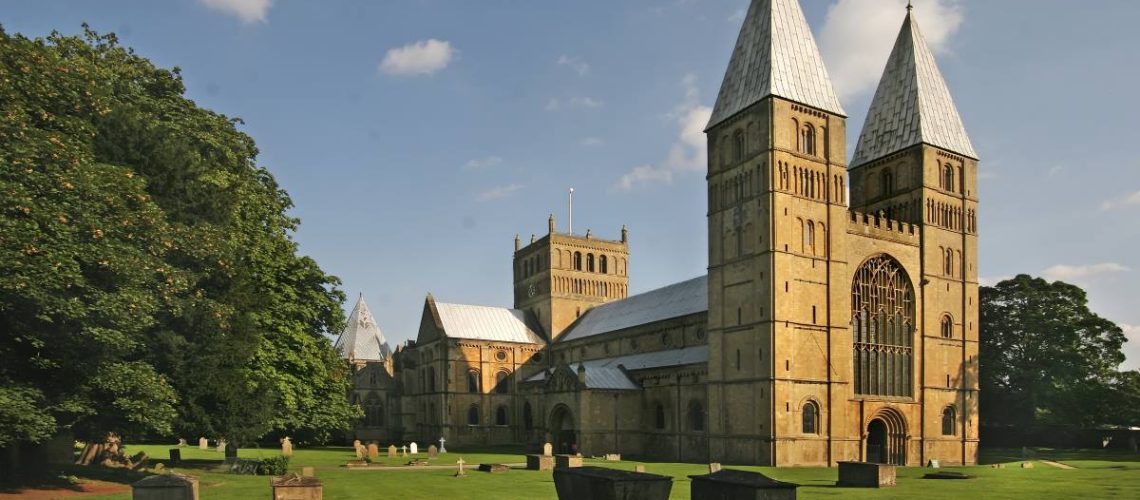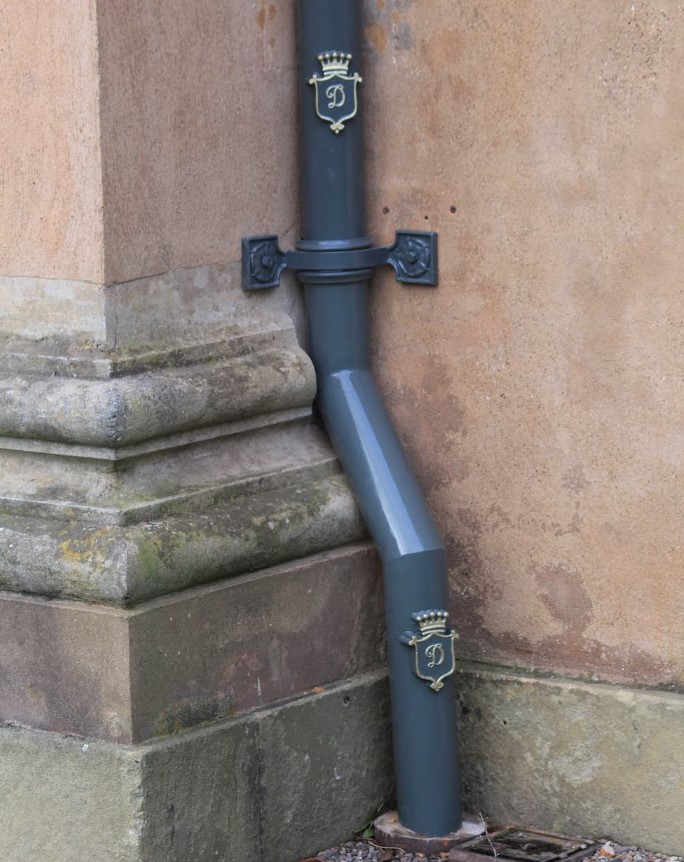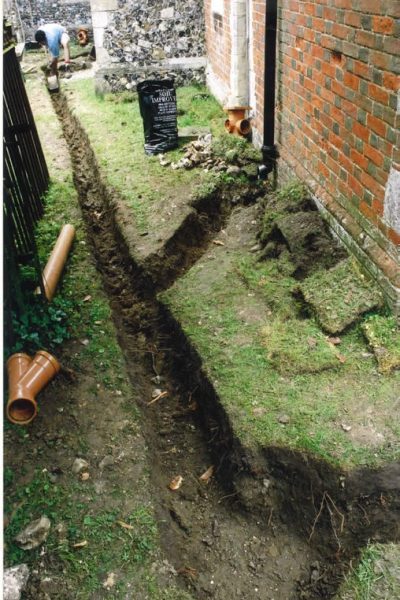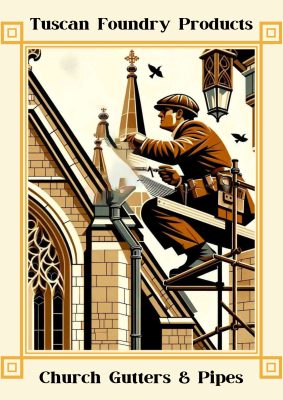


The conservation of churches in the United Kingdom and the management of dampness are two aspects of preserving the past and being aware of the potential risks associated with humidity in older church buildings.
The historic churches of the United Kingdom are well known for their architectural grandeur and historic charm, and they are considered iconic representations of the country’s cultural legacy. Nevertheless, many of these time-honoured buildings face the same adversary: moisture. When old church buildings are damp, there is a significant threat to the preservation of such structures and the structural integrity of those buildings. The most common manifestation of this pervasive issue is water seeping through walls, ceilings, and floors. This phenomenon can lead to ugly stains, the deterioration of stones and woodwork, and the danger of damage to expensive artworks and furnishings.

While looking at the roots of wetness, we will also study its causes and effects.
Within older churches, dampness can be attributed to many different sources. A lack of proper maintenance is one of the primary causes, which is even more severe because the structures are pretty old and have been subjected to the elements for a considerable time. Dampness issues can be brought on by water that seeps in through cracks in the masonry, roofs that leak, gutters and drainage systems that are not functioning correctly, and other elements that are not functioning properly. Moreover, condensation that happens due to inadequate ventilation and heating in these large rooms, which are frequently draughty, can contribute to the accumulation of moisture, generating an atmosphere that is conducive to dampness. This is because condensation is a result of inadequate ventilation and heating.
The battle against dampness in older churches poses a distinct set of challenges, notably concerning the gutters and pipes in these buildings. With time, these essential components of rainwater management can decay, become blocked with dirt, or develop leaks. These are all conceivable outcomes.
Rainwater can overflow from clogged gutters, which can lead to water pooling around the foundations of the building or water entering the interior portions of the building.
Other potential outcomes include water entering the building entirely. In a similar vein, pipes that are damaged or leaking can be a contributing element to the infiltration of moisture, which can make an existing damp problem within the structure even worse.

A discussion on the function of church-based conservation societies may be found in the article titled “Heritage Guardians.”
In the United Kingdom, church conservation organisations safeguard churches’ architectural and historical history. These organisations play a vital role in the process of preserving these churches. These institutions, such as the Churches Conservation Trust and the National Churches Trust, put forth a significant amount of effort to guarantee that historic church structures are conserved and maintained throughout the country. By actively participating in conservation activities, campaigning for these sacred locations, and raising money for conservation causes, they fight to ensure that these areas will be preserved for future generations to adore and take delight in.

To preserve sacred spaces, bringing attention to specific conservation projects is an important step.
Historical organisations have a high level of dedication and commitment to protecting sacred sites from the destructive effects of decay and wetness, as seen by the numerous conservation projects that they have undertaken.
The revitalisation of St. Mary’s Church, which can be seen at Stoke-by-Nayland, Suffolk, is an example that stands out as particularly significant. Through the implementation of this enormous project, the leaking roof of the church was fixed, the masonry that had been damaged was repaired, and contemporary drainage systems were built to lessen the amount of dampness that was present within the structure. Similarly, the restoration of St Giles’ Cathedral in Edinburgh showed creative strategies to prevent moisture while protecting the historical integrity of the building. These approaches were discovered throughout the preservation process.
It is essential to maintain the area’s historical integrity while simultaneously addressing the dampness issue to obtain positive results.
It is vital to employ a multi-pronged strategy to combat moisture while preserving the historical integrity of ancient churches. When it comes to detecting and addressing potential sources of dampness on time, the necessity of doing routine maintenance and inspections on drainage systems, brickwork, and roofing cannot be stressed. This is because these systems are all essential. Condensation and the accumulation of moisture within the interiors of churches can be reduced by implementing measures such as better ventilation, heating, and insulation. These methods can also help reduce the amount of condensation that occurs. It is possible to ensure the preservation of these architectural treasures for an extended length of time by combining traditional craftsmanship with contemporary conservation processes. This is doable.


Tuscan Foundry is well-known for its expertise in architectural restoration and heritage conservation and has contributed to preserving historically significant churches throughout the United Kingdom.
Our craftsmanship and attention to authenticity have successfully restored many churches afflicted by corrosion and humidity. Not only does this comprise the production of bespoke guttering and rainwater pipes, but it also encompasses the reproduction of intricate ironwork embellishments.
However, these challenges can be conquered by applying coordinated effort, developing new solutions, and a profound dedication to preserving our ethnic heritage. Both the conservation of churches in the United Kingdom and the control of damp present daunting problems; however, these challenges are obstacles that can be overcome. We can ensure that these sacred sites will continue to inspire feelings of awe and reverence in future generations by first understanding the factors that contribute to dampness, then working together with heritage organisations, and finally putting into practice conservation strategies that have been demonstrated to be beneficial. And thanks to the expertise and dedication of companies such as Tuscan Foundry, we may enjoy peace of mind in the knowledge that our historic churches will continue to serve as enduring testaments to our shared history.
Innovative Solutions for Church Conservation: Tuscan Foundry’s Aerial Surveys
Tuscan Foundry, renowned for heritage conservation, offers tailored site surveys for maintaining and restoring cast iron gutters and pipes in ecclesiastical buildings. Our advanced aerial platform inspections ensure precise assessments, accurate quotations, and detailed reports, minimising risks and disruptions to the historic structure. By integrating traditional expertise with modern technology, Tuscan Foundry exemplifies a commitment to preserving church heritage with the utmost care and innovation.
